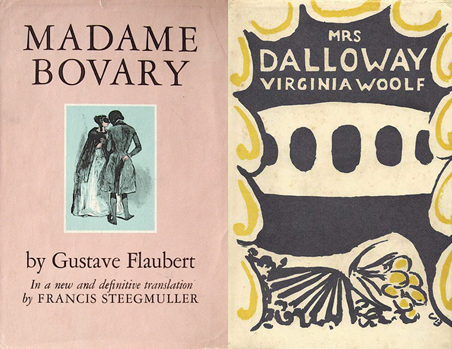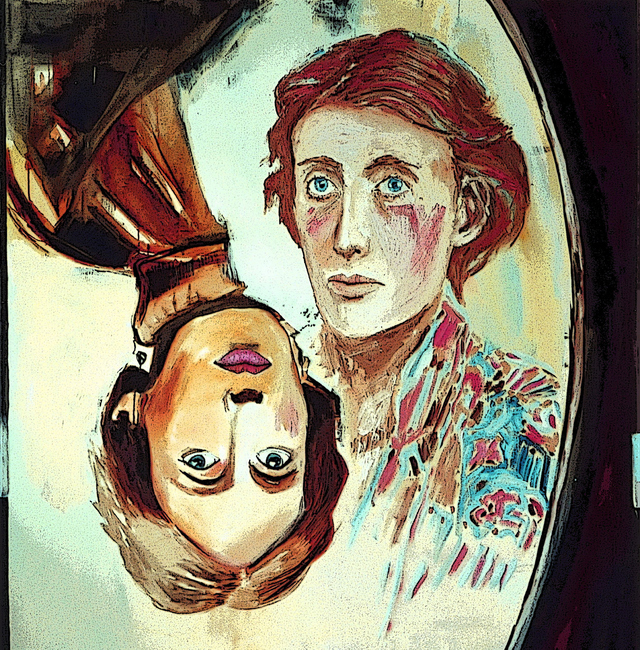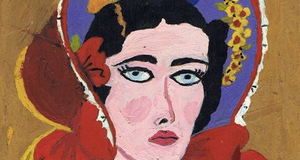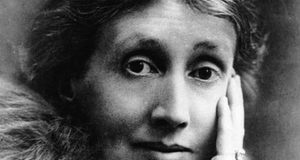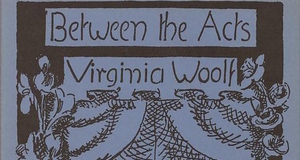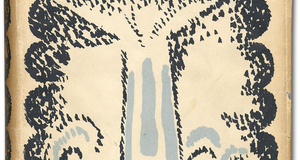The Drama and Romance of Suicide in "Mrs. Dalloway" and "Madame Bovary"
By
2014, Vol. 6 No. 10 | pg. 1/2 | »
KEYWORDS:
Is it noble to take your own life? Across the ages there have been many different interpretations of the morality of suicide, leading many novels to portray and examine the act. In Mrs. Dalloway by Virginia Woolf, a traumatized veteran Septimus takes his life rather than letting the doctors take him into a mental institution; his suicide is later remembered by the eponymous character as a beautiful way to die. In Madame Bovary by Gustav Flaubert, the titular character Emma Bovary poisons herself with arsenic in an attempt to end her life as a heroine in a novel would, leading to her departure from this Earth. To address the morality of suicide, Woolf uses romantic descriptions to show the act’s nobility. Flaubert, in contrast, utilizes irony to shatter the romantic descriptions of death in Emma’s head. Woolf and Flaubert both use suicide to illustrate a point about communication: Septimus is able to communicate a moral point in his death that he was not able to articulate in his life, while Emma had a voice in her life, but she destroys it in her death.
Although the two novels portray different moral attitidues toward suicide, both show that while suicide can communicate meaning, it cannot make meaning. Rather than portraying suicide as an end, Woolf instead chooses to frame it as a kind of freedom from a cruel world. In his final moments, Septimus is portrayed as a rational man without a choice: he must die to preserve his dignity and freedom. The characters of Holmes and Bradshaw are set up as villains trying to take away Septimus’ right to control his own life, but Septimus defies them:Holmes would get him. But no; not Holmes; not Bradshaw… There remained only the window, the large Bloomsbury-lodging house window, the tiresome, the troublesome, and rather melodramatic business of opening the window and throwing himself out. It was their idea of tragedy, not his or Rezia’s (for she was with him). Holmes and Bradshaw like that sort of thing. (149) In this passage, Woolf portrays Septimus as a very sympathetic character, a sane man forced to preserve his spirit through death. Here, the villainous doctors are about to “get him,” showing how in order to live, he would have to surrender his soul to these men. Septimus does not end his life to prove something to the world or himself; conversely, he mocks this type of dramatic ending (“their idea of tragedy, not his”), showing that he does not believe his death will be beautiful or tragic, but ugly and necessary business. As he falls to his death, Septimus cries, “I’ll give it to you!” (149). Septimus’ last words show how his suicide is both a surrender and a victory. His admittance that he gives his body (“it”) to Holmes, which he would have to do either way, further highlights how he retains his soul and control over his own actions. Woolf makes a strong statement by blatantly dismissing the traditional position that suicide is done out of weakness. Dr. Holmes responds to Septimus’ death by crying out, “The coward!” (149). Here, Woolf aligns the antagonist with the traditional viewpoint (i.e., suicide is cowardly). In other words, since a character that the reader is convinced to hate makes this statement, the reader wants to believe that Septimus’ suicide is not cowardly but noble. Woolf acknowledges that there are some ugly parts of suicide, as later highlighted by the description of Septimus’ body as “Horribly mangled,” but it only serves to make the section more believable and credible (150). If Woolf were to explicitly describe the death as beautiful, the reader would dismiss her position as blatantly rhetorical and overly simplistic; instead, she finds the beauty in the ugliness, creating a convincingly doubled portrait of suicide. Virginia Woolf - "Through the Looking Glass" by Christiaan Tonnis SA-2 Although the description of Septimus’ death scene subtly hints that his suicide is not shameful, Woolf reinforces this point through Clarissa’s romantic reflections on his death. In the scene immediately following Septimus’ suicide, Clarissa, without knowledge of his suicide, dives into her transcendental theory of life and the afterlife: Since our apparitions, the part of us which appears, are so momentary compared with the other, the unseen part of us, which spreads wide, the unseen might survive, be recovered somehow attached to this person or that, or even haunting certain places after death. (153) By placing this scene right after the death scene, Woolf makes the point that the physical life we live is unimportant compared to the soul, “the unseen,” which lives on forever, “surviving” and “haunting,” even after death. This statement makes sense of Septimus’ suicide. Although in death he destroyed his unimportant “momentary apparitions,” to live on would be to destroy “the unseen” in him. Therefore, he must die to preserve the important part of him, “the unseen.” Through the effect of Septimus’ suicide on Clarissa, Woolf conveys that death is a better communicant than words. Upon learning about Septimus’ death, Clarissa is quite struck; even though she never knew Septimus, he causes her to have a deep internal reflection at the paramount of the ending. A thing there was that mattered; a thing, wreathed about with chatter, defaced, obscured in her own life, let drop every day in corruption, lies, chatter. This he had preserved. Death was defiance. Death was an attempt to communicate; people feeling the impossibility of reaching the centre, which, mystically, evaded them; closeness drew apart; rapture faded, one was alone. There was an embrace in death. But this young man who had killed himself – had he plunged holding his treasure? ‘If it were now to die, ‘twere now to be most happy,’ she had said to herself once. (184) Rather than concluding the novel with a dramatic, action-filled ending, Woolf chooses to end the novel with Clarissa’s reflection on life and death. Woolf’s choice shows the great importance of suicide to Woolf as a novelist. Clarissa spends her life trying to connect to others in conversation, yet she cannot, instead it is, “wreathed with chatter, defaced, obscured.” The “thing” that Clarissa yearns for is the ability to communicate, which she cannot find in her own life, because all of her attempts to communicate just come across as “corruption, lies, chatter.” Her assertions that death was “defiance” and “an embrace” show how Woolf believes that death is not a thing done out of fear, but a powerful statement. By calling death “an attempt to communicate,” Woolf asserts that death sends a message that spoken words cannot. This point is further proven by the fact that the person who Septimus’ death affects the most is Clarissa, a perfect stranger to him. Septimus is able to strike Clarissa so deeply and change her life even though he never knew her, demonstrating the power of suicide. The very last mention of the suicide is when Clarissa says, “She felt glad that he had done it; thrown it away… He made her feel the beauty; made her feel the fun” (186). Woolf ends this topic on a positive note. Septimus’ suicide made Clarissa better able to appreciate her own life, communicating and conveying a moral idea to her in a way that no other person had been able to in her life. Septimus’ suicide changes the world for the better in ways he never could have known or done had he been alive.Continued on Next Page » Suggested Reading from Inquiries Journal
Inquiries Journal provides undergraduate and graduate students around the world a platform for the wide dissemination of academic work over a range of core disciplines. Representing the work of students from hundreds of institutions around the globe, Inquiries Journal's large database of academic articles is completely free. Learn more | Blog | Submit Latest in Literature |

